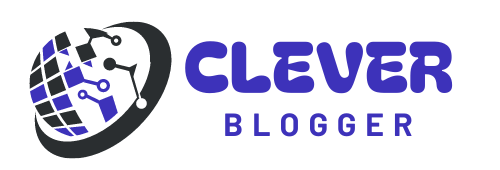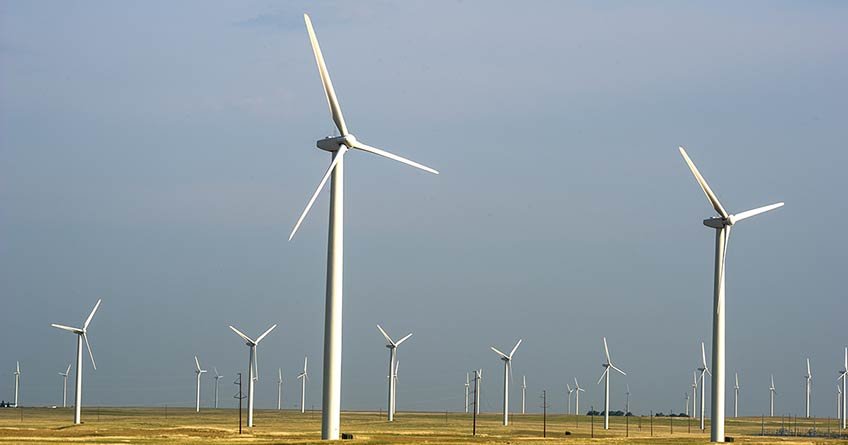Wind power has emerged as one of the most promising renewable energy sources in the world. With the growing concern over climate change and the depletion of fossil fuels, wind energy offers a sustainable and eco-friendly alternative for electricity generation. This blog delves into the various aspects of wind power plants, exploring how they work, their benefits, challenges, and the future of wind energy.
Introduction to Wind Power Plants
Wind power plants, also known as wind farms, are clusters of wind turbines that convert the kinetic energy of wind into electrical energy. The basic principle behind wind energy is simple: wind turns the blades of a turbine, which spins a generator to produce electricity. The energy generated is then fed into the power grid or used locally, providing a clean and renewable source of electricity.
How Wind Power Plants Work
Wind Power Plants Consist of Several Key Components:
- Wind Turbines: The most visible part of a wind power plant is the wind turbine. Each turbine has three main parts: the rotor blades, the nacelle (which houses the generator, gearbox, and other mechanical components), and the tower. When the wind blows, it causes the rotor blades to spin, converting the wind’s kinetic energy into mechanical energy.
- Generator: The spinning of the rotor blades drives the generator inside the nacelle. The generator converts the mechanical energy into electrical energy, which is then transmitted to the power grid.
- Transformer: The electrical energy produced by the generator is typically at a lower voltage. The transformer steps up the voltage to match the requirements of the power grid, ensuring efficient transmission of electricity over long distances.
- Control System: Modern wind turbines are equipped with advanced control systems that monitor wind speed and direction, adjusting the position of the blades and other parameters to maximize energy production.
Types of Wind Power Plants
Wind Power Plants Can Be Categorized Based on Their Location:
- Onshore Wind Farms: These are the most common type of wind power plants, located on land. Onshore wind farms are easier to install and maintain, and they can be connected directly to the local power grid. However, they are often limited by land availability and the impact on local wildlife.
- Offshore Wind Farms: Offshore wind farms are located in bodies of water, usually in the ocean or large lakes. These wind farms can harness stronger and more consistent winds, leading to higher energy production. However, they are more expensive to build and maintain due to the harsh marine environment.
- Distributed Wind Systems: These are smaller wind power plants that are often installed near homes, farms, or businesses. Distributed wind systems are typically used for local power generation, reducing the reliance on the central power grid.
Benefits of Wind Power Plants
Wind Power Plants Offer Numerous Benefits:
- Renewable and Sustainable: Wind energy is a renewable resource, meaning it will not run out. As long as the wind blows, we can harness its energy. This makes wind power a sustainable alternative to fossil fuels.
- Low Environmental Impact: Wind power plants produce electricity without emitting greenhouse gases, reducing the carbon footprint of energy production. They also require less water compared to conventional power plants, making them environmentally friendly.
- Economic Growth: The wind energy industry creates jobs in manufacturing, installation, and maintenance. Wind power plants can also provide additional income to landowners who lease their land for wind turbines.
- Energy Independence: Wind power can help reduce dependence on imported fossil fuels, enhancing energy security for countries that invest in wind energy infrastructure.
Challenges of Wind Power Plants
Despite Their Benefits, Wind Power Plants Also Face Several Challenges:
- Intermittency: Wind is an intermittent resource, meaning it does not blow consistently. This can lead to fluctuations in power generation, making it challenging to match supply with demand. To address this, wind power plants are often integrated with energy storage systems or other renewable energy sources.
- High Initial Costs: The initial investment required to build a wind power plant can be high, particularly for offshore wind farms. This includes the cost of wind turbines, land or ocean space, and grid infrastructure. However, the operating costs are relatively low, and the investment can pay off over time.
- Impact on Wildlife: Wind turbines can pose a threat to birds and bats, which may collide with the rotating blades. Efforts are being made to design turbines that minimize this impact, such as using slower-rotating blades or placing turbines away from migratory paths.
- Noise and Aesthetic Concerns: Some communities may oppose wind power plants due to concerns about noise from the turbines and the visual impact on the landscape. However, advances in turbine design have reduced noise levels, and strategic placement of turbines can mitigate aesthetic concerns.
The Future of Wind Power
The future of wind power looks promising, with several trends and advancements shaping the industry:
- Technological Advancements: Ongoing research and development are leading to more efficient wind turbines with larger rotor diameters, taller towers, and improved materials. These advancements are increasing the energy output of wind power plants while reducing costs.
- Hybrid Renewable Energy Systems: Wind power plants are increasingly being integrated with other renewable energy sources, such as solar power, to create hybrid systems. These systems can provide a more stable and reliable power supply by combining the strengths of different energy sources.
- Floating Offshore Wind Farms: A new innovation in wind energy is the development of floating offshore wind farms. These wind farms can be deployed in deeper waters where the wind is stronger and more consistent. Floating wind farms have the potential to unlock vast amounts of untapped wind energy.
- Policy Support and Incentives: Government policies and incentives are playing a crucial role in the growth of wind energy. Many countries are setting ambitious renewable energy targets and offering subsidies or tax incentives to promote the development of wind power plants.
- Community Engagement: Increasingly, communities are being involved in the planning and development of wind power projects. By addressing local concerns and ensuring that the benefits of wind power are shared, communities are more likely to support the installation of wind power plants.
Conclusion
Wind power plants are a vital component of the global transition to renewable energy. They offer a sustainable, low-impact source of electricity that can help reduce greenhouse gas emissions and combat climate change. While there are challenges to overcome, ongoing technological advancements and supportive policies are paving the way for the continued growth of wind energy. As the world shifts towards a more sustainable future, wind power will undoubtedly play a key role in shaping the energy landscape.





Thank you for your sharing. I am worried that I lack creative ideas. It is your article that makes me full of hope. Thank you. But, I have a question, can you help me?
Your point of view caught my eye and was very interesting. Thanks. I have a question for you.
Can you be more specific about the content of your article? After reading it, I still have some doubts. Hope you can help me.